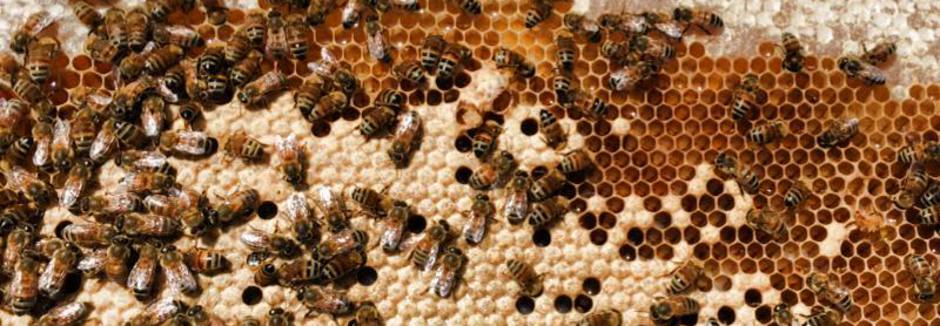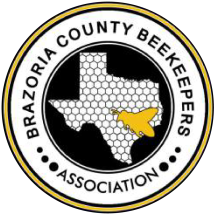
Beekeeping Tips for November
-
Install entrance reducers to prevent robbing.
-
Remove any queen excluders. Push bees down to one or two deeps or a deep and medium super for the winter cluster.
-
Consider stopping cold wind blowing directly into the hive entrance or bottom, but leave screen bottom boards on.
-
Treat for mites if necessary. If you use a fumigating product, slide a piece of plywood or plastic under the screen bottom board to seal off the screen during the treatment. Follow directions printed on the product package. Some products work best when the hive is broodless.
-
Check honey stores at least once a month, and record seams of bees and frames of honey. Bees need a minimum of two full frames of honey in the brood box and/or a medium super half full (consider scratching open some capped honey in the super).
-
At lease lift the back of the hive. If it feels light, feed sugar syrup.
-
Every hive should have one or two empty frames nearest to the outside walls. When the temperature falls below 57F, the bees will begin to cluster in the center of the hive to stay warm. Honey near the outside wall or too far up is unlikely to be used by the bees in cold weather, and the bees could actually starve even though they have honey in the hive. Stores may be distributed between hives if prudent.
-
Assess colony strength. If a colony is not strong, kill the queen and combine that colony with another hive to assure that bees survive the winter. (Take your losses now instead of waiting to late winter).
-
Clean frames.Replace old dark comb (3 to 5 year rotation).
-
Assemble and paint new hive bodies. Assemble new frames.
-
Check stored frames with drawn comb to make sure moth crystals (paradichlorobenzene) to protect against wax moths has not evaporated.
-
Place orders for spring queens, nucs, or packages.

